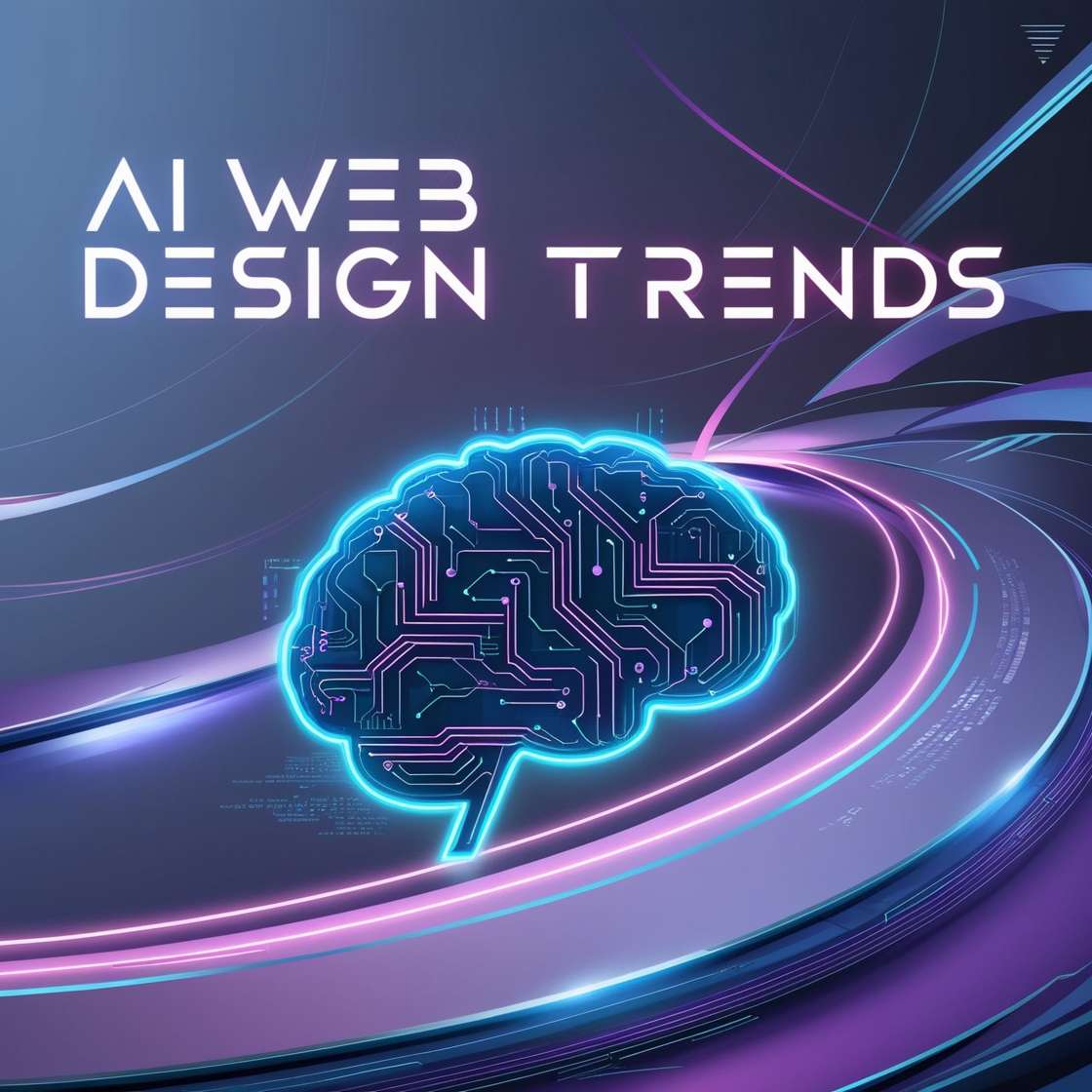Table of Contents
AI Web Design Trends: What’s Hot and What’s Not

Artificial Intelligence (AI) is transforming the way we design and interact with websites. AI is not just a buzzword but a powerful tool that’s driving significant changes in web design. From creating personalized user experiences to automating complex design processes, AI is reshaping the digital landscape. As these technologies continue to evolve, staying updated with the latest trends is crucial for web designers, developers, and businesses alike.
AI Web Design Trends: What’s Hot
The Rise of Generative Design
Generative design is taking the web design world by storm. This trend leverages AI algorithms to create multiple design options based on specific parameters set by designers.
AI-Driven Layout Customization
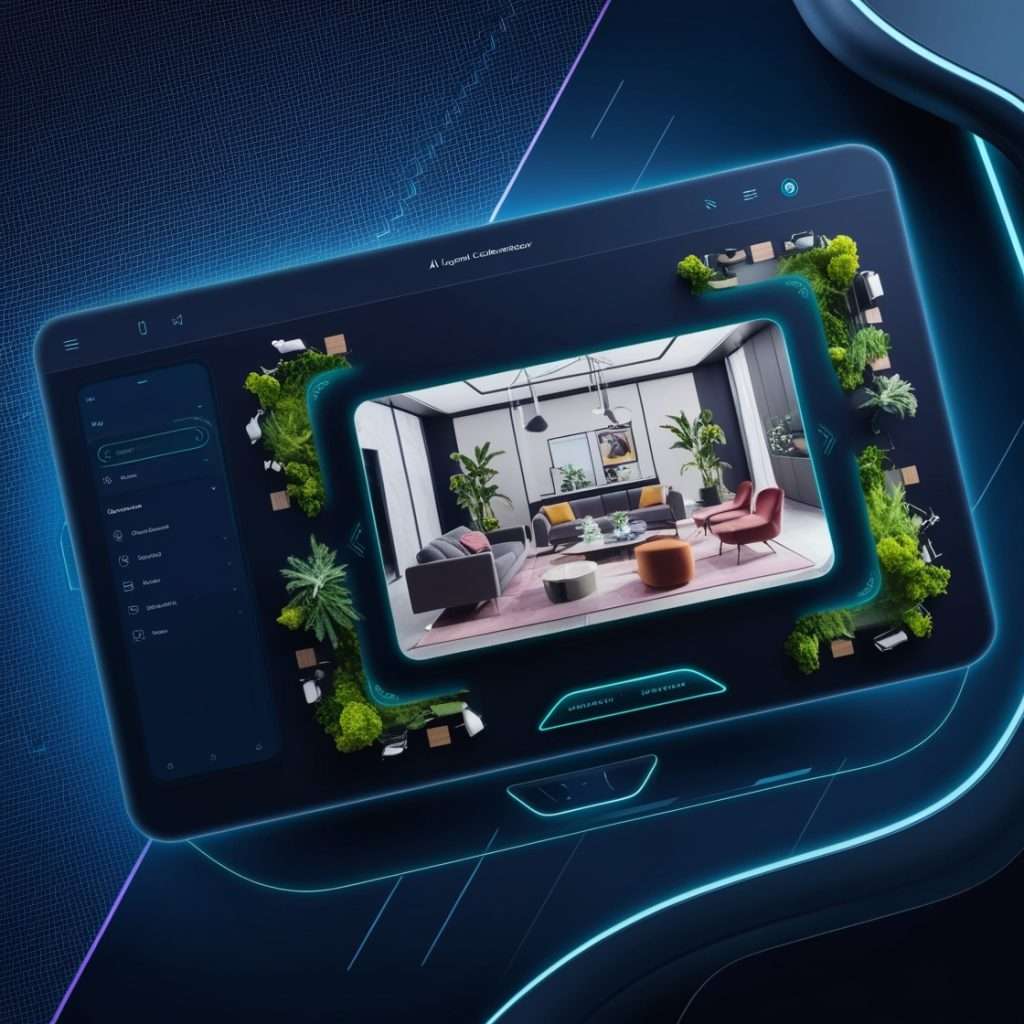
Gone are the days of static templates. AI can now generate customized layouts that adapt to user preferences and behaviors. This technology allows for a more dynamic and responsive design process, offering users a personalized experience every time they visit a site.
Dynamic Content Creation
AI tools are now capable of generating content that changes dynamically based on user interactions. This means that the content users see is tailored to their needs and preferences, making the browsing experience more engaging and relevant.
Enhanced User Personalization
User personalization has been a key focus in web design for years, but AI is taking it to the next level in 2024.
Predictive User Behavior Analytics
AI can now analyze user behavior in real-time and predict what users are likely to do next. This predictive capability allows for the creation of highly personalized user experiences, from content recommendations to customized user interfaces.
Tailored Content Delivery
Content delivery is becoming more intelligent thanks to AI. By analyzing user data, AI can determine the best time and method to deliver content, ensuring that users receive information when it’s most relevant to them.
Conversational Design with AI
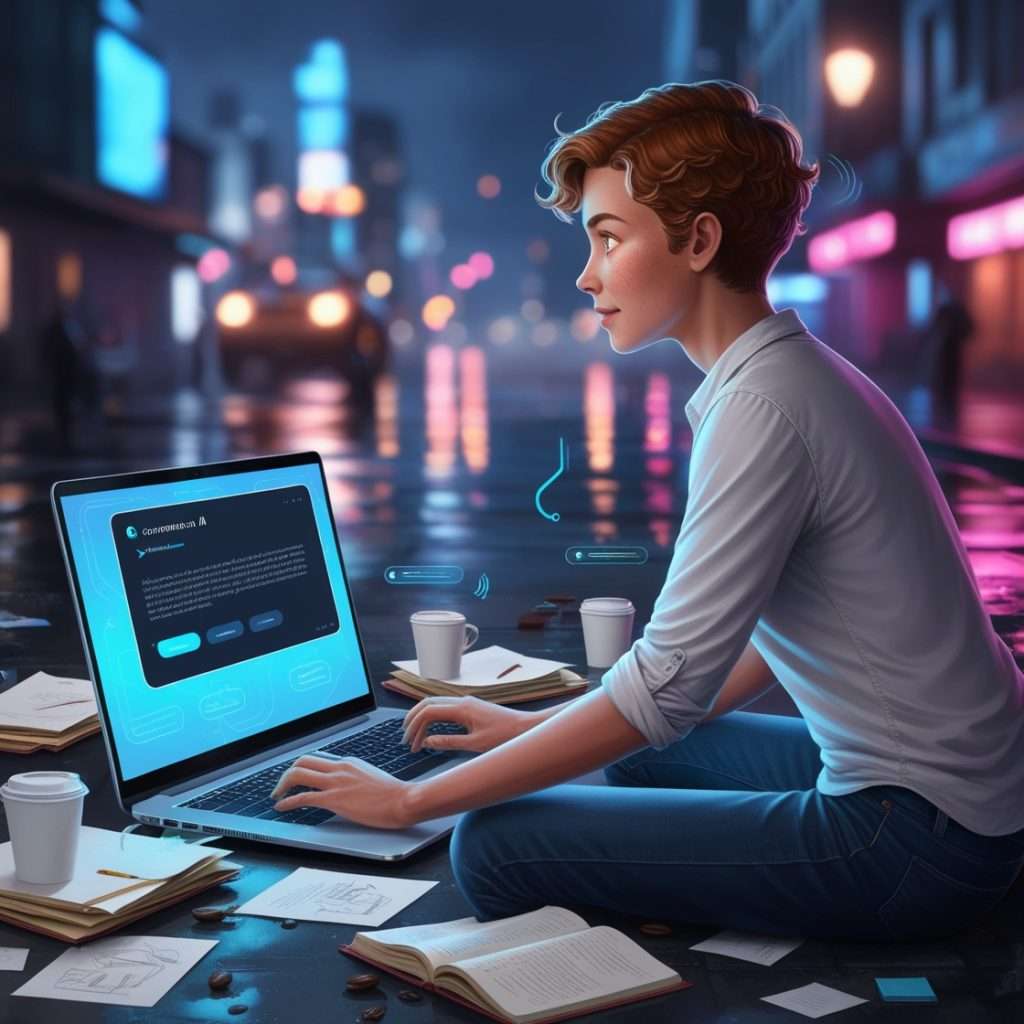
Conversational design is becoming increasingly important as users expect more interactive and human-like interactions with websites.
AI-Powered Chatbots
AI-powered chatbots are becoming more sophisticated, offering users instant support and answers to their questions. These chatbots can handle complex queries, providing a seamless user experience that mimics human conversation.
Voice User Interfaces (VUI)
Voice user interfaces are also on the rise, allowing users to interact with websites using voice commands. This technology is particularly useful for accessibility, enabling a broader range of users to engage with digital content.
AI and Accessibility
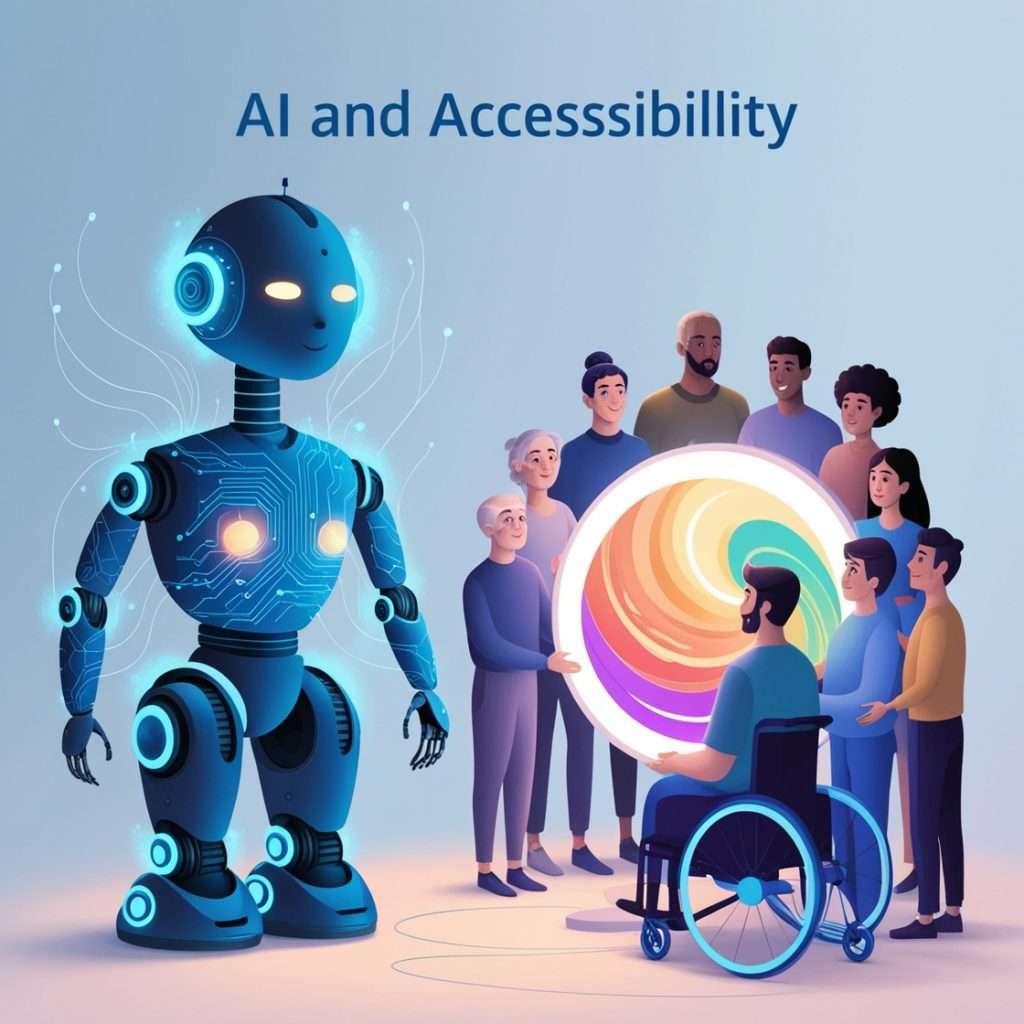
Accessibility is a critical aspect of web design, and AI is playing a pivotal role in making the web more inclusive.
Automated Accessibility Audits
AI can now perform automated audits to ensure websites comply with accessibility standards. These audits can identify issues that might be missed by human designers, helping to create more inclusive digital experiences.
AI-Driven Adaptive Interfaces
Adaptive interfaces powered by AI can adjust to meet the needs of users with disabilities. For example, AI can modify text size, color contrast, and navigation options based on user preferences, making websites more accessible to everyone.
Advanced Visual Design Tools
AI is also revolutionizing the visual aspects of web design, providing designers with powerful tools to create stunning visuals more efficiently.
AI in Image and Video Generation

AI tools can now generate high-quality images and videos based on simple inputs, saving designers countless hours of work. These tools can also enhance existing visuals, improving resolution, and adding effects automatically.
Automated Branding and Style Guides
AI is streamlining the branding process by automating the creation of style guides and branding materials. These tools ensure consistency across all digital platforms, making it easier for businesses to maintain a cohesive brand identity.
AI Web Design Trends: What’s Not
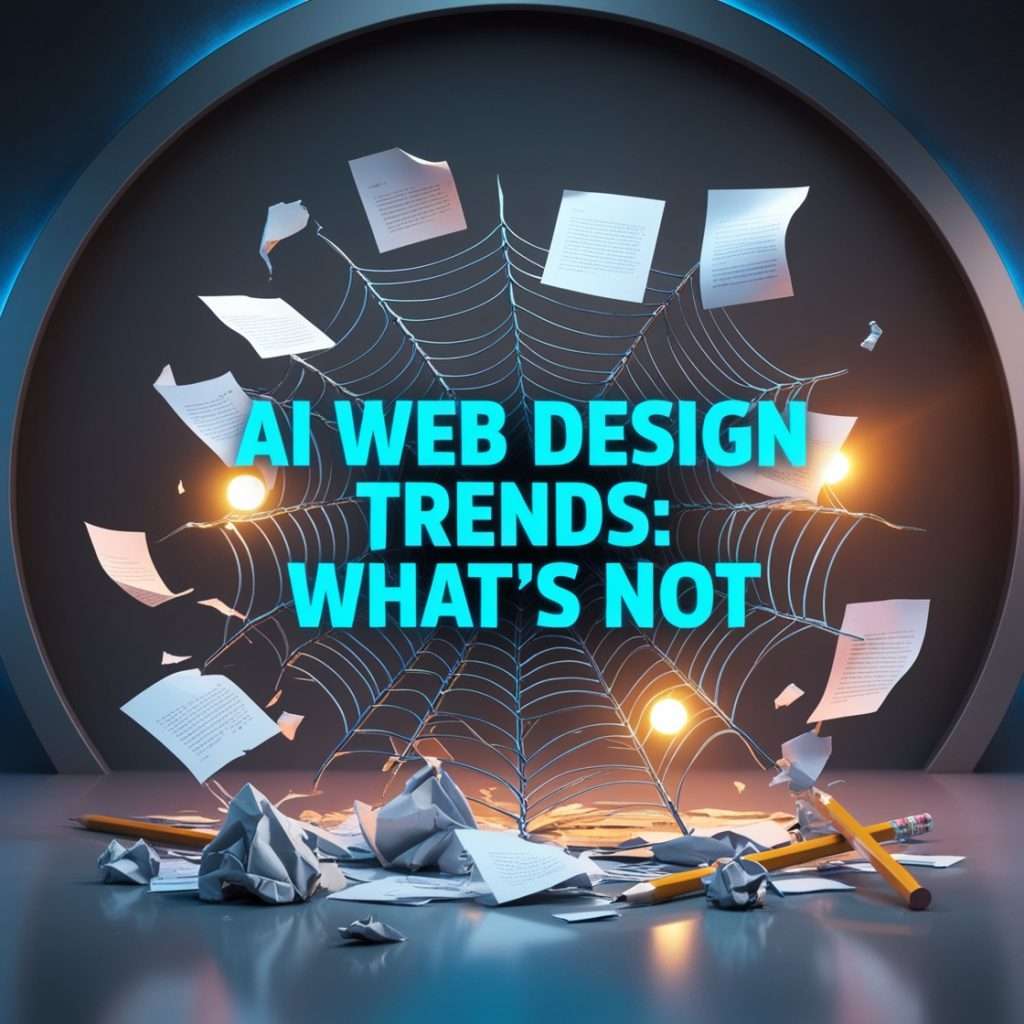
Overuse of AI-Generated Content
While AI-generated content has its benefits, over-reliance on this technology can lead to problems.
The Risks of Generic Content
AI can produce large volumes of content quickly, but this content can sometimes lack the uniqueness and creativity that human writers bring. Overusing AI-generated content can lead to generic, uninspired websites that fail to engage users.
User Fatigue and Content Saturation
When every website starts to use similar AI-generated content, users can experience fatigue. This saturation can make it difficult for any one site to stand out, leading to a homogenized web experience.
Reliance on AI Without Human Oversight
AI is a powerful tool, but it’s not infallible. Over-reliance on AI without human oversight can result in subpar designs and user experiences.
AI Limitations in Creativity
AI is excellent at following patterns and optimizing processes, but it struggles with creativity. Human designers bring a unique perspective and creativity that AI simply cannot replicate. Without human input, AI-driven designs can feel formulaic and uninspired.
The Need for Human-AI Collaboration
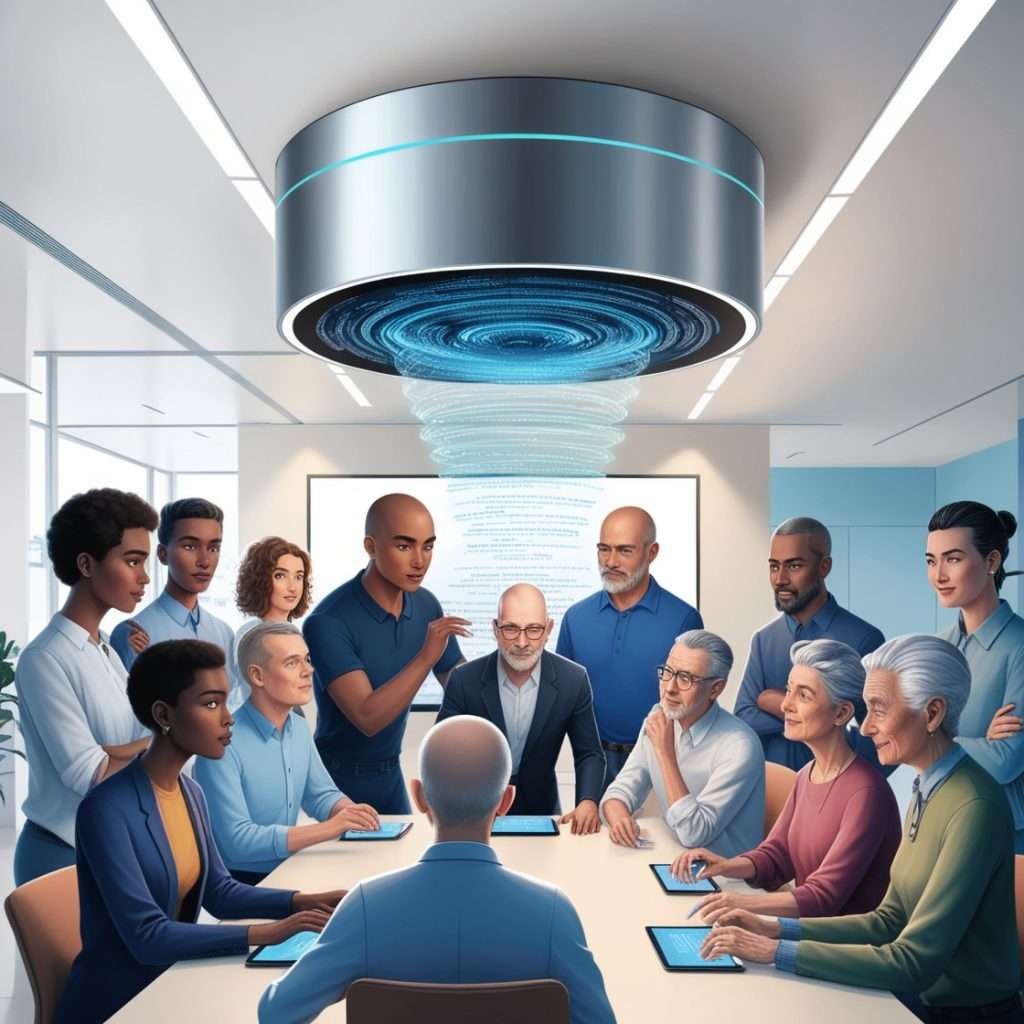
The best results come from a collaboration between human designers and AI. By combining the strengths of both, designers can create innovative, engaging websites that resonate with users.
Ignoring Ethical Considerations
As AI becomes more integrated into web design, ethical considerations are becoming increasingly important.
Data Privacy Concerns
AI relies heavily on data to function, and this raises significant privacy concerns. Designers must be mindful of how they collect, store, and use user data to avoid infringing on privacy rights.
AI Bias in Design
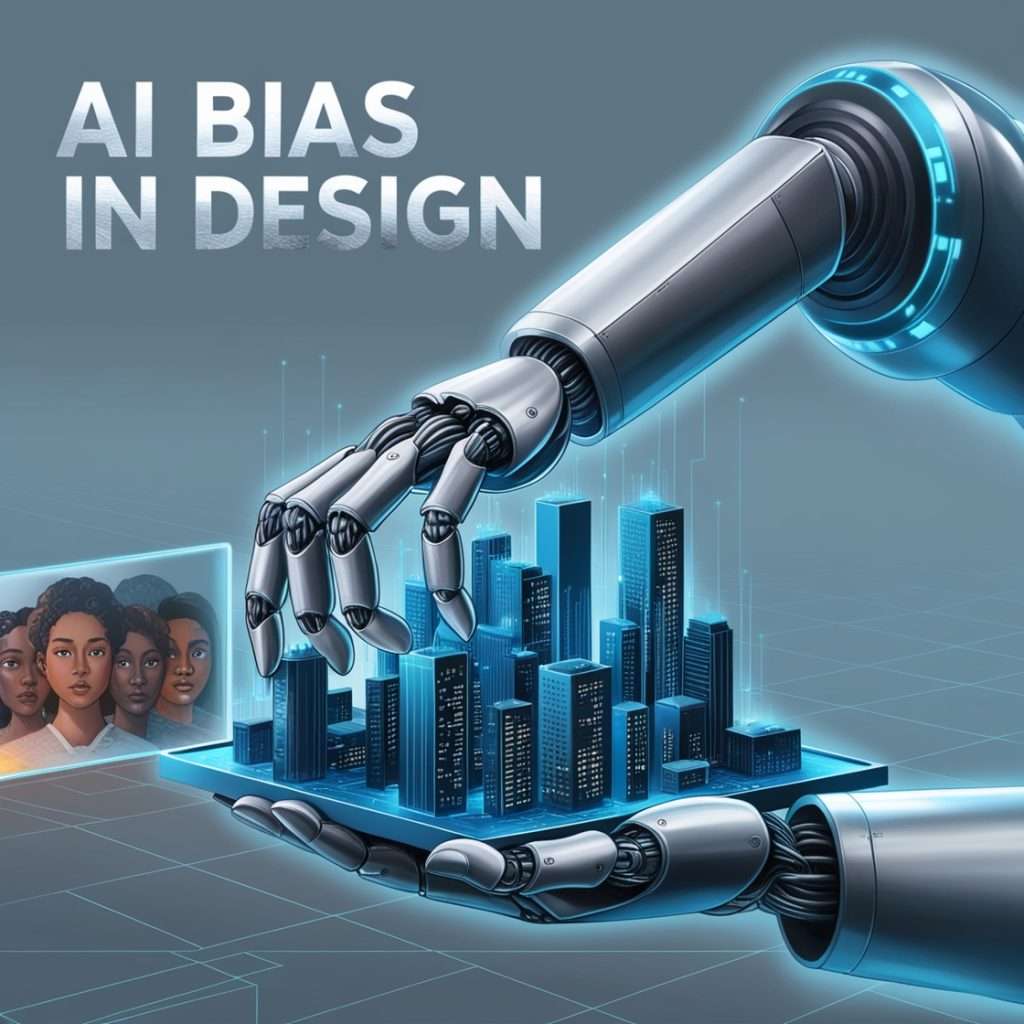
AI systems can inadvertently perpetuate biases, leading to designs that are not inclusive. It’s essential to ensure that AI tools are trained on diverse datasets and that human oversight is in place to catch and correct any biases.
Conclusion
AI is undoubtedly shaping the future of web design, offering exciting new possibilities for creating dynamic, personalized, and visually stunning websites. However, it’s essential to balance the use of AI with human creativity and ethical considerations. By staying informed about the latest trends and understanding the limitations of AI, designers can harness this technology to create truly exceptional digital experiences.
FAQs
What is generative design in AI web design?
Generative design uses AI algorithms to create multiple design options based on specific parameters set by designers, allowing for more customized and dynamic layouts.
Are there any drawbacks to using AI in web design?
Yes, drawbacks include the potential for generic content, over-reliance on AI without human oversight, and ethical concerns such as data privacy and AI bias.
How can AI enhance web accessibility?
AI enhances web accessibility through automated accessibility audits and adaptive interfaces that adjust to meet the needs of users with disabilities.
What is the role of human designers in the age of AI?
Human designers bring creativity and ethical oversight to the table, ensuring that AI-driven designs are both innovative and responsible
How does AI improve user personalization in web design?
AI improves user personalization by analyzing user behavior and preferences in real-time, allowing for tailored content delivery and personalized user experiences.
